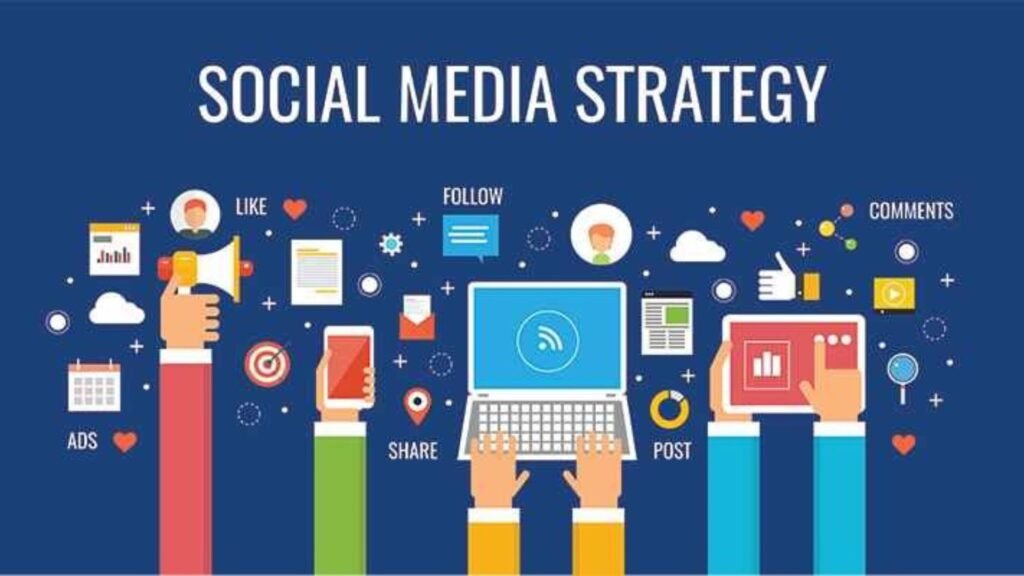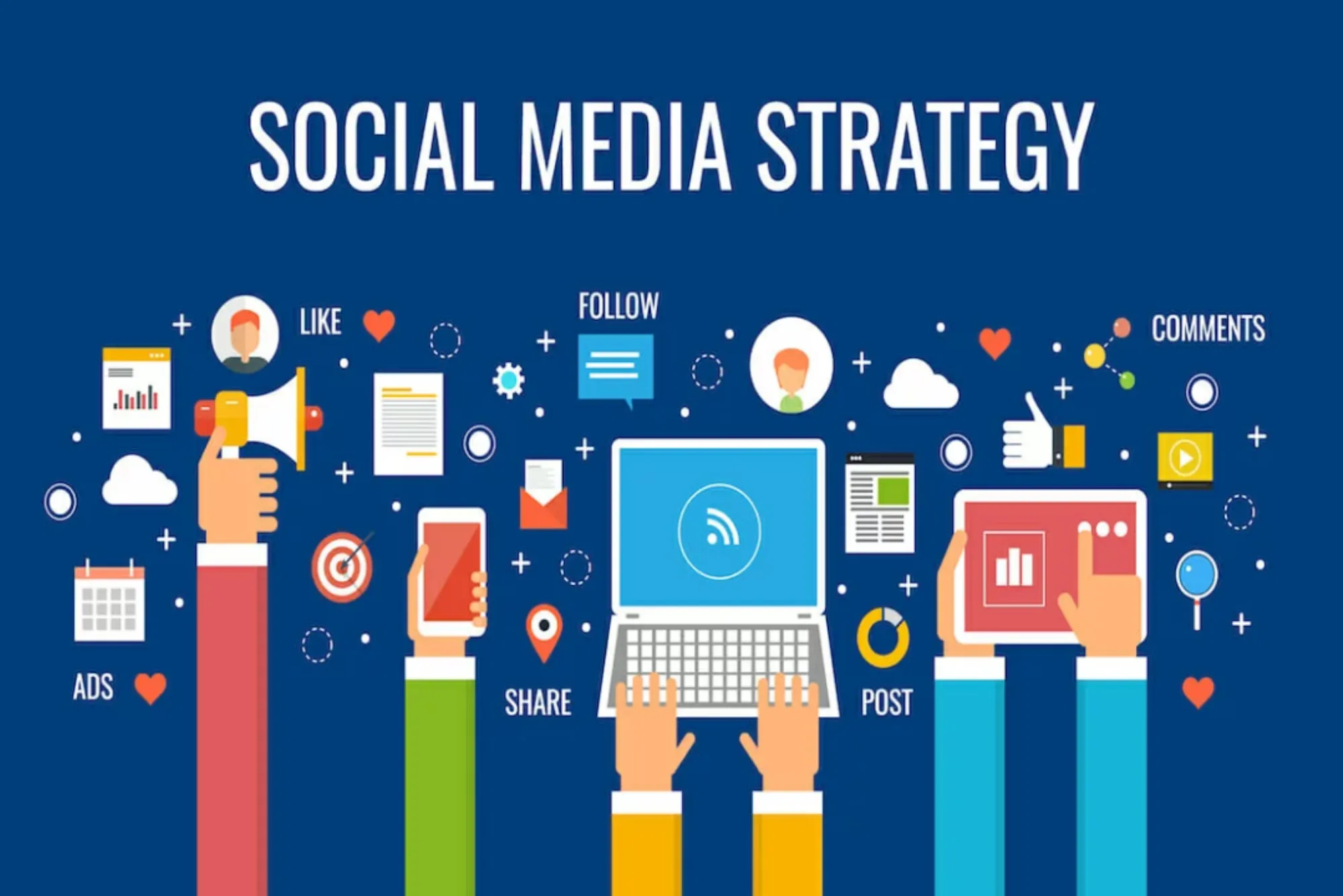A strong social media strategy does more than post pretty images—it drives real results. In 2026, success on social platforms requires planning, consistency, and a clear focus on your audience’s needs. Without a strategy, businesses risk wasting time and money on posts that don’t engage or convert. This guide shows you how to build a social media strategy that attracts followers, increases engagement, and converts audiences into customers.

Define Your Goals
Your strategy starts with clear objectives. Goals guide your content, posting schedule, and ad campaigns.
Examples of social media goals:
-
Increase brand awareness
-
Generate leads
-
Drive website traffic
-
Boost sales
-
Build a loyal community
Make sure your goals are SMART: Specific, Measurable, Achievable, Relevant, and Time-bound.
Know Your Audience
Understanding your audience is key to creating content they care about.
Steps to know your audience:
-
Identify demographics: age, location, job title, income.
-
Understand interests, pain points, and online behavior.
-
Use analytics tools to see what content performs best.
Tailoring content to your audience ensures higher engagement and better results.
Choose the Right Platforms
Not every social platform fits your brand. Focus on channels where your audience is active.
Platform tips:
-
Instagram & TikTok: Visual content and short videos
-
LinkedIn: B2B marketing and professional content
-
Facebook: Community building and paid ads
-
Twitter/X: News, trends, and direct communication
Investing time where your audience is most active maximizes ROI.
Create Engaging Content
Content is the heart of your strategy. It must educate, entertain, or inspire your audience.
Types of content that drive results:
-
Videos and reels for high engagement
-
Carousel posts and infographics for quick learning
-
Polls and quizzes to boost interaction
-
Stories and live sessions for authenticity
Consistency and quality matter more than quantity.
Plan and Schedule Posts
A content calendar keeps your strategy organized and consistent.
Tips for planning:
-
Schedule posts at times when your audience is most active
-
Balance promotional and value-driven content
-
Include campaigns, holidays, and trending topics
Tools like Buffer, Hootsuite, or Later help automate posting and save time.
Engage With Your Audience
Social media is a two-way street. Engaging with followers builds trust and loyalty.
Engagement tactics:
-
Respond to comments and messages promptly
-
Encourage user-generated content
-
Run contests, polls, and challenges
-
Show behind-the-scenes content
Active engagement strengthens relationships and encourages conversions.
Use Analytics to Measure Performance
Track metrics to see what works and adjust your strategy.
Key metrics to monitor:
-
Reach and impressions
-
Engagement rate (likes, comments, shares)
-
Click-through rate (CTR) to your website
-
Conversion rate and sales
Analyze trends regularly and refine your strategy to improve results.
Incorporate Paid Social Media Campaigns
Organic reach alone isn’t enough. Paid campaigns amplify your efforts.
Tips for paid campaigns:
-
Use audience targeting for precision
-
Test ad creatives and copy with A/B testing
-
Monitor cost per click (CPC) and return on ad spend (ROAS)
Combining organic and paid strategies maximizes visibility and ROI.
Conclusion
A social media strategy that drives real results requires clear goals, audience understanding, engaging content, and consistent measurement. By combining organic and paid tactics, engaging with followers, and analyzing performance regularly, you can turn social platforms into a powerful growth engine for your business.
In 2026, social media success comes from being strategic, data-driven, and audience-focused.











